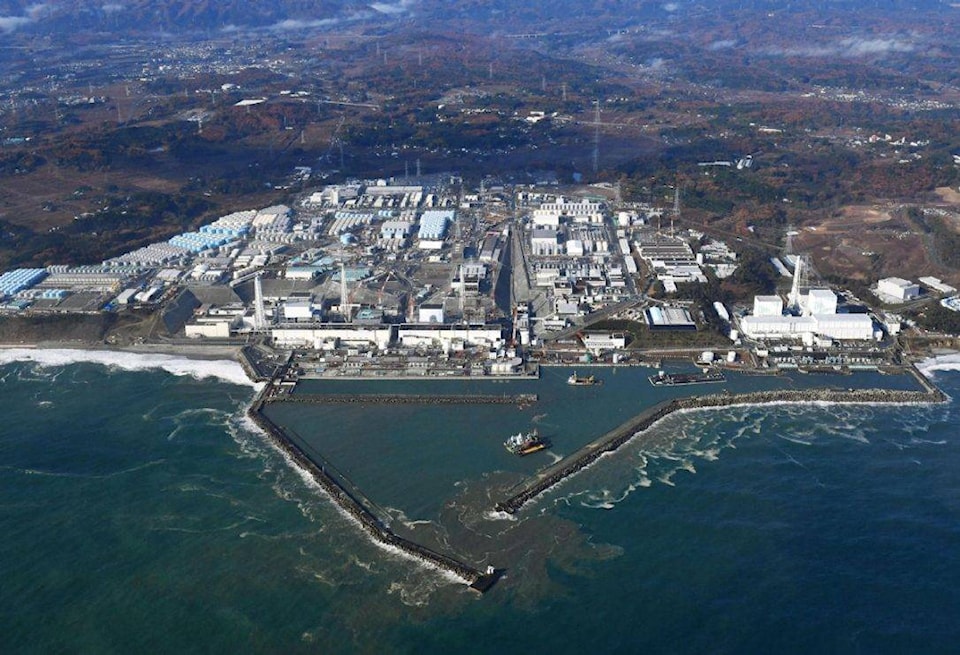A University of Victoria scientist has discovered the peak contamination levels in Pacific Canadian waters, nearly seven years after a meltdown at Japan’s tsunami-stricken Fukushima Daiichi Nuclear Power Plant in 2011.
The isotopes were first detected in June 2012, a year after a 15-metre tsunami, caused by a magnitude-9 earthquake, devastating the plant’s three reactor cores into meltdown and subsequently causing radioactive material to spill into the ocean. It is now considered the largest unplanned discharge of radioactivity into the ocean yet, the study said.
The disaster created widespread concern over the potential impact on marine life and human health, but as it turns out, the impact on Canadian shores were not as devastating as initially feared.
“Contamination from Fukushima never reached a level where it was a significant threat to either marine or human life in our neighborhood of the North Pacific,” says UVic chemical oceanographer Jay Cullen, who leads the Fukushima InFORM (Integrated Fukushima Ocean Radionuclide Monitoring), a network that monitors marine radioactivity at distances up to 1,500 kilometres off the coast of British Columbia.
Cullen’s study revealed radioactive isotopes from Fukushima were at their highest reaching offshore B.C. in 2015 and 2016.
“At their highest levels, contamination from Fukushima reached about one-tenth of what was seen in the North Pacific in the late 1950s and 1960s, before the ban of above-ground nuclear weapons tests,” says Cullen. “We are now seeing levels of Fukushima-related contamination similar to levels in the 1970’s and expect these to further decline in 2017-2018.”
The coastal average concentration of cesium-137 is now at 2.7 Bq per square metre, according to data from samples collected in January and February 2017. While nearly 300 per cent of the pre-Fukushima levels, observations remain extremely low when compared to the 10,000 Bq per square metre drinking water limit as set by Health Canada’s Radiation Protection Bureau.
The InFORM network brings together Canadian and U.S. scientists, health experts and non-governmental organizations. Citizen scientists along the B.C. coast who are also part of the network assist with monthly collection of sea water samples and once a year collect fish and shellfish samples for analysis.
The project is funded by the Marine Environmental Observation Prediction and Response Network.
More information can be found at fukushimainform.ca. The most recent findings were published in the American Chemical Society’s Environmental Science and Technology.



